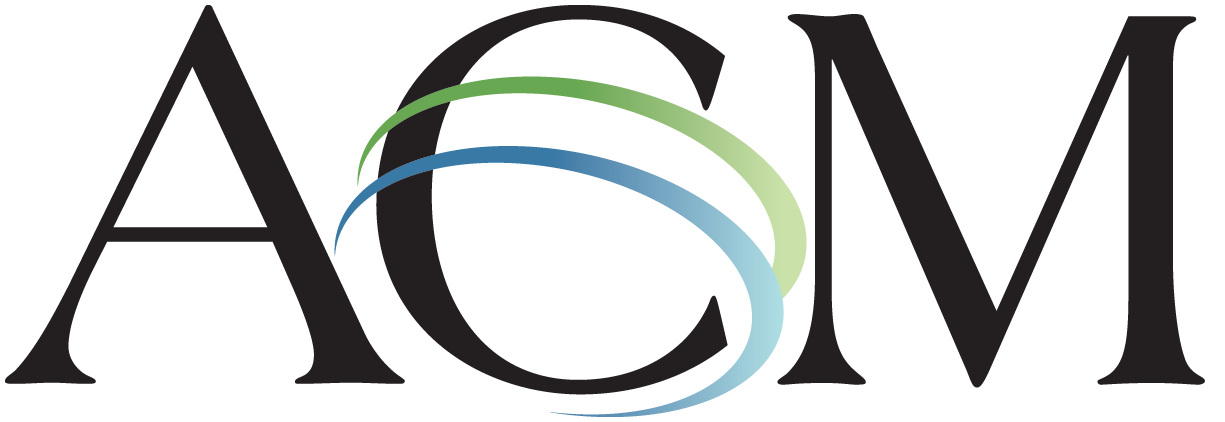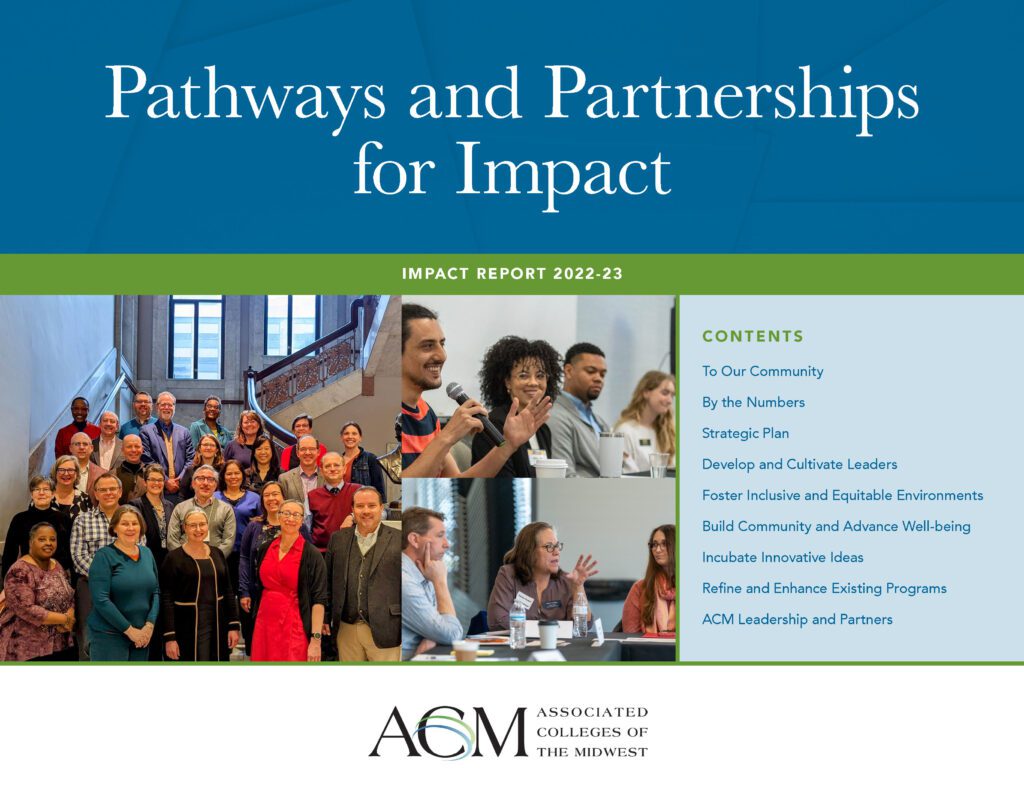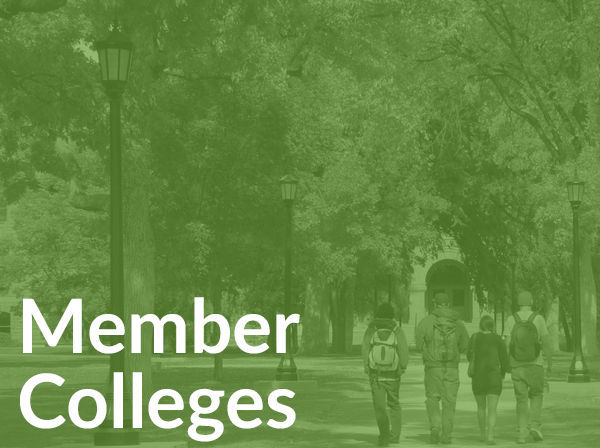This introductory-level, five-week studio art course is intended to provide students a crash-course in the pragmatics and politics of architectural design, using the Carleton campus as a case study. To propose a solution to a persistent design problem on Carleton’s campus, students will work collaboratively in one of four dedicated research groups:
- Campus History
- Drawing and Model-building
- Research and Interviews
- Documentation
Through research into the competing and conflicting interests advanced by various campus constituencies, students will develop a physical plan for how to accommodate diverse design requirements.
Note: Content adapted from the curricular project.
This course does not have any prerequisites, but it is intended primarily for juniors and seniors. Advanced sophomore students will also be considered. At Carleton, all studio art courses are subject to an application process, every effort is given to achieve a diverse mix of students with different strengths. For example, some students with strong research skills may serve on the working group dedicated to Carleton’s history; strong studio art majors may find the model-making and drawing group to be a better fit.
The group of roughly 15 students will work in concert with an invited architect or designer who will oversee the project along with the professor.





